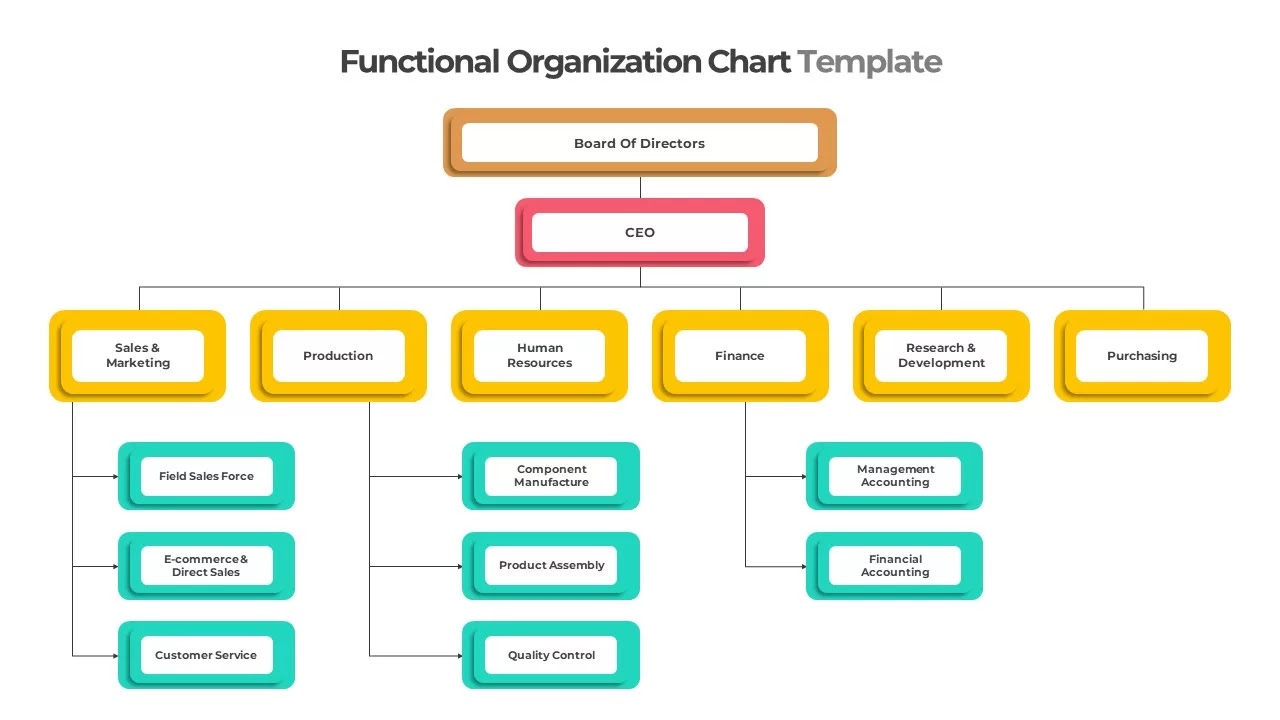In boardrooms and mission statements across the globe, "servant leadership" has become the philosophy du jour. Leaders proudly proclaim their commitment to serving their teams, inverting the traditional power structure, and putting employees first. Yet something curious happens when you ask to see their organizational charts.
There they are—the familiar pyramids with executives perched at the top, managers in the middle, and the frontline workers—those actually creating value—relegated to the bottom or, in many cases, not represented at all.
This visual contradiction begs the question: Can an organization truly embody servant leadership when its very structure portrays the opposite relationship?
The telling power of visuals
I think that organizational charts are more than administrative tools—they're powerful symbols that communicate "how things really work around here." When leadership teams espouse servant leadership while maintaining traditional hierarchical visuals, they send mixed messages that employees instinctively decode:
We talk about serving you, but when it comes to power and decision-making, we're still on top.
These contradictory signals create cognitive dissonance. Employees notice when words and structures don't align, often resulting in cynicism about leadership's true intentions.
Beyond the inverted pyramid
You can fix this by simply inverting your org charts, placing leaders at the bottom and frontline workers at the top. While symbolically powerful, this approach often feels like a superficial fix that doesn't address underlying power dynamics.
True servant leadership requires more than flipping a visual. It demands reimagining how organizations visualize relationships, workflows, and decision-making authority altogether.
Organizations resistant to reconsidering their org charts may be revealing something profound: they haven't truly internalized servant leadership principles. The visual representation is often one of the last things to change because it reflects deeply held beliefs about power, authority, and organizational effectiveness.
When leaders insist on maintaining traditional hierarchical charts while speaking the language of servant leadership, they may be holding onto control and reluctant to relinquish authority.
Moving from contradiction to congruence
Aligning an organizations visual representation, could lead to the following benefits:
- Increased trust - Employees see consistency between words and symbols
- Greater engagement - Team members recognize their centrality to the organization's purpose
- Authentic culture - Where servant leadership becomes "how we naturally operate" rather than an aspirational slogan
So, my invitation to you is to review your organizational charts and structural representations:
Are your org charts sending the right message that reflects your leadership principles? If not, it is maybe time to create new visualizations.
The ultimate test
Perhaps the most telling indicator of servant leadership in an organization's DNA isn't the org chart itself, but how willingly leadership embraces the conversation about changing it.
Organizations with servant leadership truly embedded in their culture should welcome the opportunity to examine contradictions between their stated philosophy and their structural representations.
Visuals matter not just as symbols, but as daily reminders of how power should flow and whom the organization ultimately serves.
The next time you hear an executive team extolling the virtues of servant leadership, ask to see their organizational chart. The response—whether defensive, dismissive, or genuinely curious—may tell you everything you need to know about how deeply servant leadership principles have truly penetrated their organization's DNA.

